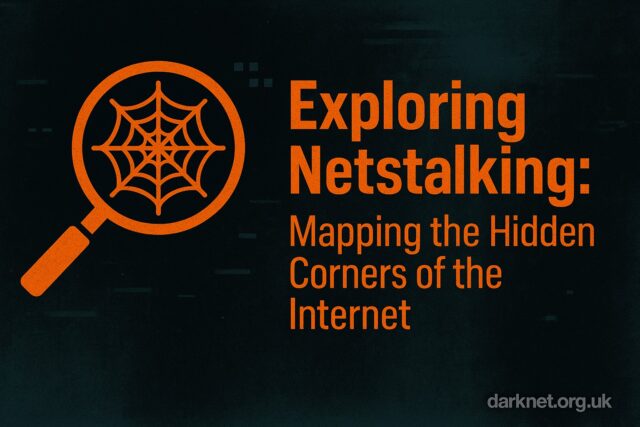Introduction: What is Netstalking?
Netstalking is the art of exploring little-known, rarely visited parts of the internet—ranging from forgotten photo archives and open surveillance cameras to defunct servers and prototype systems—using techniques like IP scanning, deep web search, and network archaeology. The activity originated in 2009 among Russian internet subcultures and draws its name from the “S.T.A.L.K.E.R.” mythos.

Unlike hacking, netstalking is non-invasive and often legal. Participants describe themselves as “network archaeologists” or “digital tourists” who document, analyse, and preserve obscure digital artefacts.
Why Netstalking Matters to Security Professionals
- Early Discovery of Open Resources: Netstalkers frequently uncover exposed CCTV streams, old FTP servers, or undocumented IoT endpoints—all of which can signify misconfiguration or risk. During recent YandexGate incidents, unsecured Google Docs folders were discovered widely, paralleling typical netstalker findings.
- Shadow Infrastructure Visibility: Unknown services—even those improperly configured—may serve as unintended attack surfaces. Netstalking methods can map these.
- Threat Intelligence Insights: Tribally maintained discoveries often surface in CTI reports months later, providing defenders with early clues to sensitive infrastructure leaks.
Netstalker Methods and Tools
Netstalking typically relies on two approaches, depending on desired outcomes:
- Deliberate Search (“deli-search”)
Query known paths or archived URLs—web archives, Wayback Machine, old forum threads, DNS enumeration (SVNDigger, hunter.io). Useful for the precise discovery of known forgotten content. - Net-Random Scanning
Random scanning over IP ranges or protocols, such as Gopher, Telnet, or outdated HTTP ports. Tools include Nmap, Advanced IP Scanner, NESCA, RouterScan, or even bespoke scripts.
Example discovery areas:
- Legacy protocols (Gopher, Finger, IRC bots)
- Abandoned community FTP servers with family photos
- Low-traffic .onion content with unique web art or folklore
- Command-line server banners revealing exposed CMS or routers
Case Study—Silent House Folklore in Kyrgyzstan
One of the more infamous netstalking cases involves the “Silent House” myth. This legend is a Russian-language dark lore traced to imageboards and Telegram threads where users claimed to find abandoned URLs of webcams or narrative pages tied to suicides. In Kyrgyzstan, this turned into a localised phenomenon with myths of haunted servers—a prime example of how netstalking intersects with folklore and mythology.
Although ultimately unverified, these discoveries attracted attention and sparked panic among youth, highlighting the psychological power of urban legends fueled by obscure web artefacts.
Netstalking as Digital Anthropology
More than thrill-seeking, netstalking can be framed as digital anthropology:
- Jon Rafman’s “Nine Eyes of Google Street View” is an artistic example of net art emerging from net stalking methods—capturing mundane or uncanny digital imagery and archiving it online.
- Communities such as “netstalking-core” maintain repositories and Telegram groups that catalogue live discoveries and lore.
- The practice unearths both direct misconfigurations and culturally meaningful digital ephemera—illuminating online history and infrastructure blind spots.
Security Lessons
- Continuous Asset Discovery: Beyond current systems, defenders should monitor for ghost or legacy servers, outdated protocols, and forgotten end-of-life (EOL) systems.
- Harden Old Assets: Take inventory of dated services still exposed to the internet. Even outdated FTP or telnet can pose leverage points.
- Track Folklore Near Threats: Urban legend artefacts like “Silent House” may flag shared knowledge or prototypes that attackers can surveil for common misconfiguration.
Read more
- Netstalking – Wikipedia
- About Net Exploration – Netstalking Core
- From the Silent House Meme to the Blue Whale Game
- netstalking-core GitHub
- Nine Eyes of Google Street View
Conclusion
Netstalking is more than a bizarre hobby—it is a lens into forgotten corners of online space, bridging folklore, digital anthropology, and real-world risk. By adopting its techniques and mindset, cybersecurity teams can gain early visibility into shadow assets before attackers use them.
